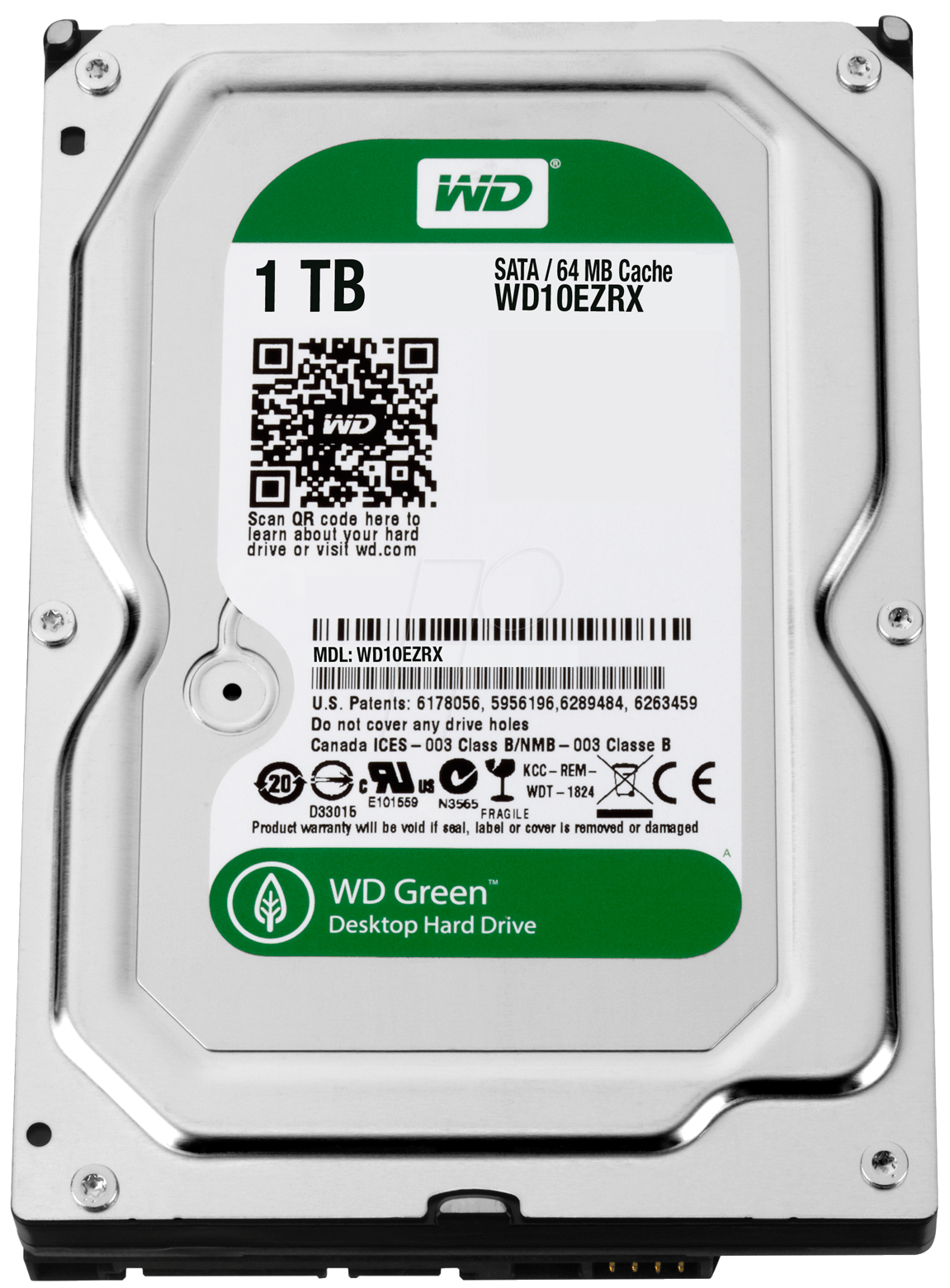Welcome to the world of data destruction, where safeguarding sensitive information is paramount. With the constant advancements in technology, it is crucial to stay one step ahead of data breaches and protect your valuable information from falling into the wrong hands. In this article, we delve into the realm of hard drive destroyers, powerful devices designed to obliterate the data stored on your hard drives and ensure their irretrievable destruction. From degaussers to HDD and SSD destroyers, we uncover the top tools in the market that will give you peace of mind when it comes to disposing of your drives securely. So, join us as we explore the world of hard drive destruction and unveil the most effective methods to demolish your data.
1. Understanding the Importance of Hard Drive Destruction
In today’s digital age, the importance of properly destroying hard drives cannot be overstated. With sensitive information stored on these devices, such as personal data, financial records, and business secrets, failing to dispose of them securely can expose individuals and organizations to significant risks.
Traditional methods of data erasure, like formatting or deleting files, may give a false sense of security. In reality, data can still be recovered using specialized tools, leaving individuals vulnerable to identity theft, data breaches, and other forms of cybercrime. This is where hard drive destroyers come into play.
A hard drive destroyer is a powerful device designed to physically destroy the platters or memory chips within a hard drive, rendering the data stored on them irretrievable. They can be categorized into two types: HDD destroyers, which are specifically designed for traditional hard disk drives, and SSD destroyers, which are tailored to solid-state drives.
Degaussers, on the other hand, work by utilizing a powerful magnetic field to completely erase the data on a hard drive. While degaussers are effective for magnetic media, they are not suitable for destroying SSDs, which rely on flash memory technology. Therefore, utilizing the appropriate hard drive destroyer is crucial in ensuring the complete destruction of data and maintaining utmost security.
By employing hard drive destroyers and degaussers, individuals and organizations can rest assured that their sensitive information is permanently destroyed, mitigating the risks of data compromise. In the following sections, we will explore the top hard drive destroyers available in the market, discussing their features, benefits, and considerations for choosing the right one to suit your needs.
2. Exploring Different Types of Hard Drive Destroyers
In this section, we will take a closer look at various types of hard drive destroyers. These powerful machines are designed to ensure the complete destruction of hard drives, leaving no chance of data recovery. Let’s explore three popular options: degaussers, HDD destroyers, and SSD destroyers.
Degaussers are commonly used to erase data stored on hard drives and other magnetic media. These devices utilize a strong magnetic field to neutralize the magnetic storage elements in the drives, effectively erasing all data. Degaussers are especially effective for hard drives with magnetic platters, as they can completely eliminate any trace of information. However, it’s important to note that degaussers are not suitable for solid-state drives (SSDs) which do not rely on magnetic storage elements.
Next, we have HDD destroyers, which are specifically designed to physically damage and render hard drives inoperable. These machines often use powerful hydraulic or mechanical forces to crush, pierce, or deform the hard drive. The destruction caused by HDD destroyers ensures that the data stored on the drives becomes irrecoverable. Additionally, some HDD destroyers can handle multiple drives simultaneously, making them efficient for bulk destruction.
For those looking to destroy SSDs, SSD destroyers offer a reliable solution. These specialized machines are designed to effectively destroy solid-state drives that store data electronically. SSD destroyers use mechanical processes such as shredding or crushing to physically damage the drives, ensuring that the data becomes permanently inaccessible. It’s worth noting that SSDs can be more challenging to destroy compared to traditional hard drives due to their unique composition and lack of movable parts.
By exploring these three types of hard drive destroyers – degaussers, HDD destroyers, and SSD destroyers – individuals and organizations can choose the most suitable method to ensure the absolute destruction of sensitive data. Remember, the proper disposal of hard drives is crucial to safeguarding sensitive information from falling into the wrong hands.
3. Choosing the Right Hard Drive Destruction Solution
When it comes to selecting the appropriate solution for destroying your hard drives, there are a few key factors to consider. One important aspect is the level of security you require for your data. Different hard drive destroyers offer varying levels of effectiveness in rendering your sensitive information irretrievable.
Another factor to consider is the type of hard drive you need to destroy. Traditional hard disk drives (HDDs) and solid-state drives (SSDs) require different methods due to their distinct structures. Therefore, it’s essential to choose a solution that is specifically designed for the type of drive you need to destroy.

Additionally, the volume of hard drives you need to dispose of can also influence your decision. Some hard drive destruction solutions are designed for large-scale operations, allowing for efficient and rapid destruction of multiple drives at once. On the other hand, smaller-scale solutions may be more suitable for individual or smaller quantities of drives.
In conclusion, when choosing a hard drive destruction solution, consider the level of security needed, the type of drive you have, and the volume of drives that require destruction. By carefully evaluating these factors, you can make an informed decision and ensure the proper disposal of your sensitive data.









